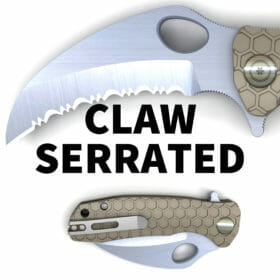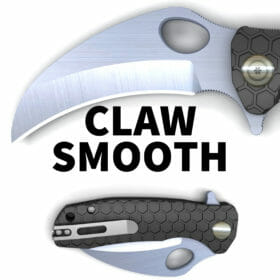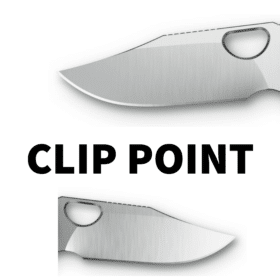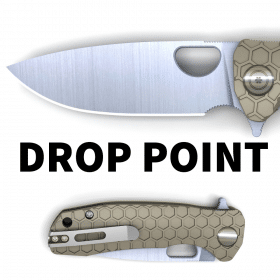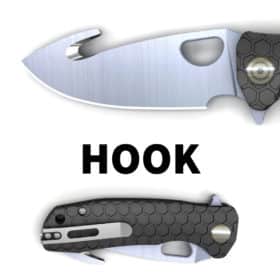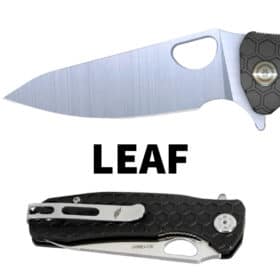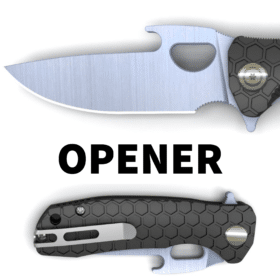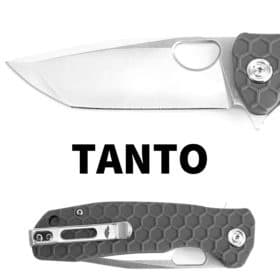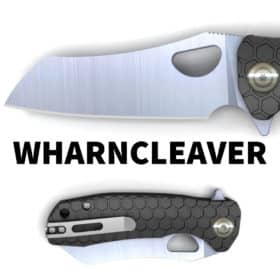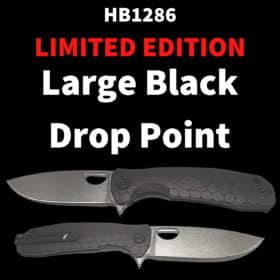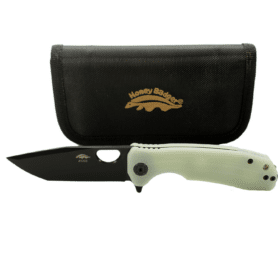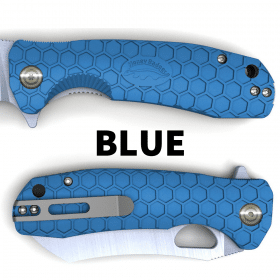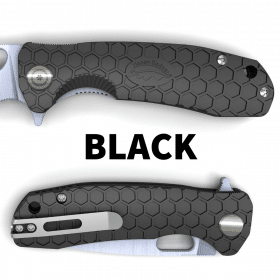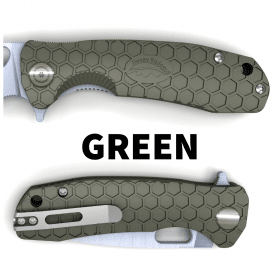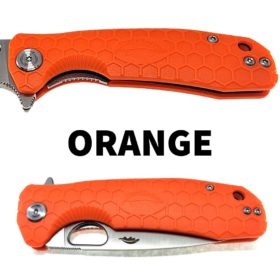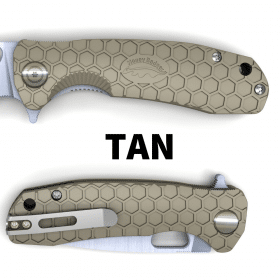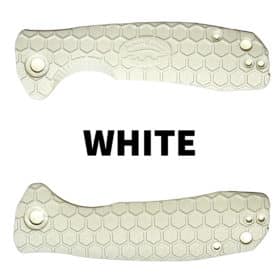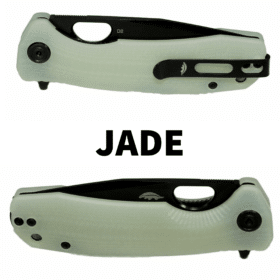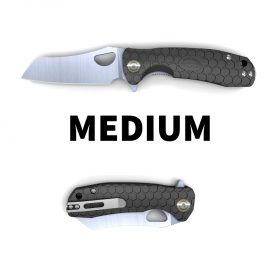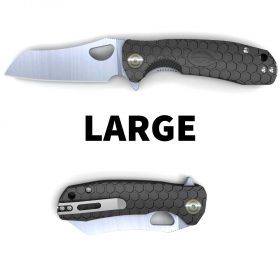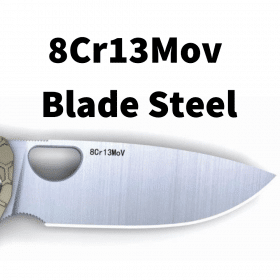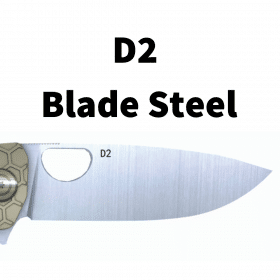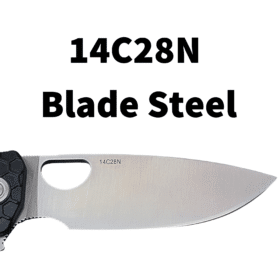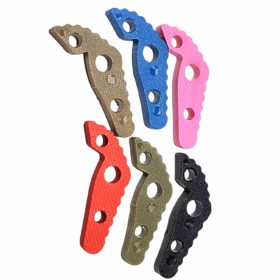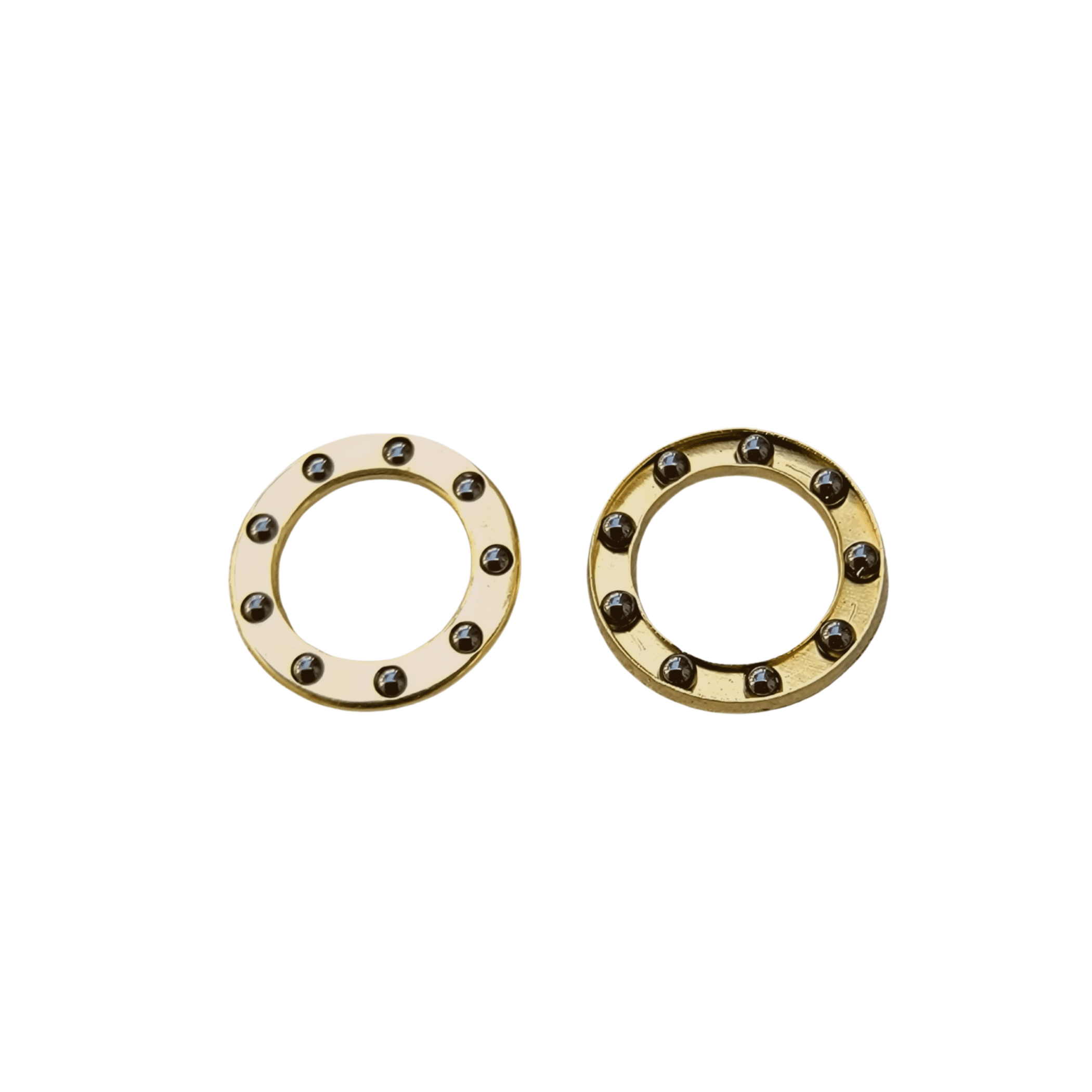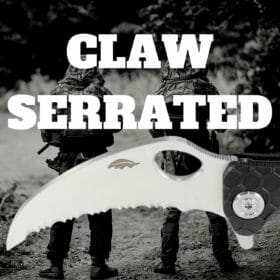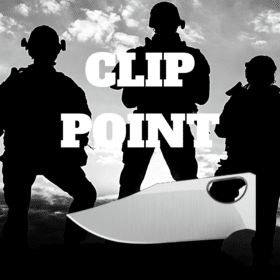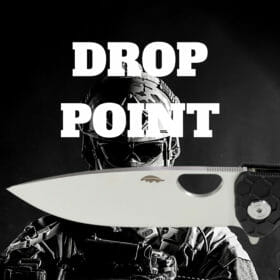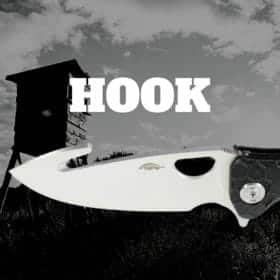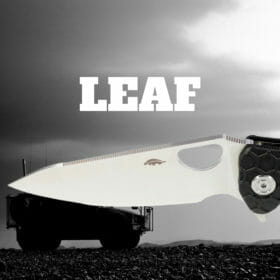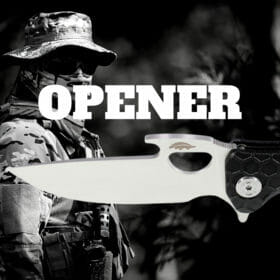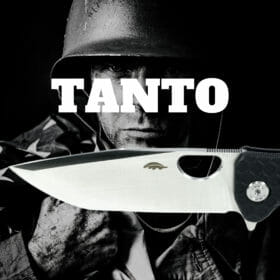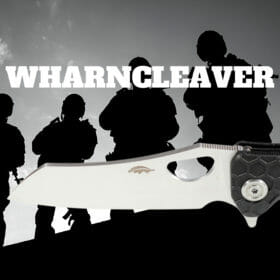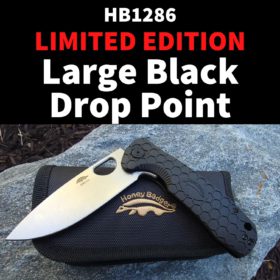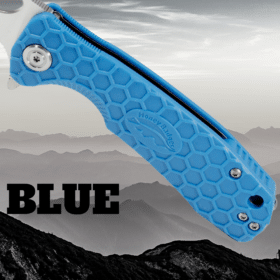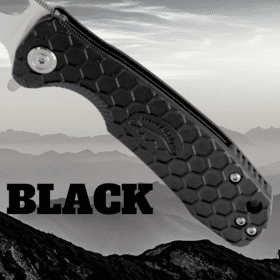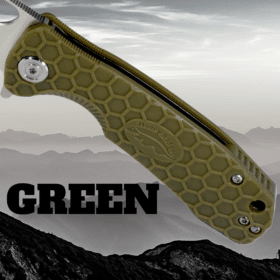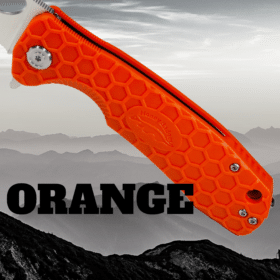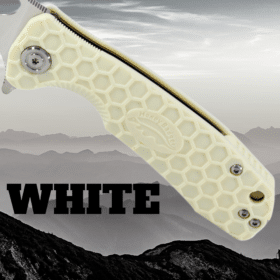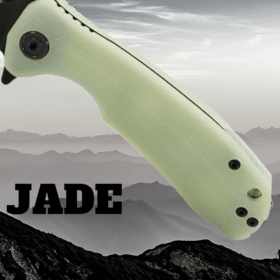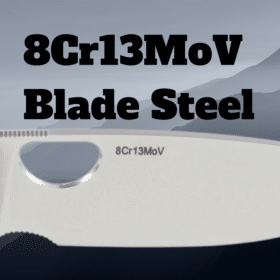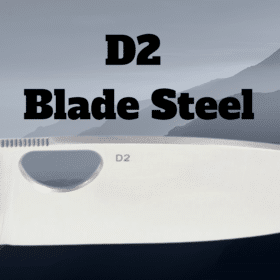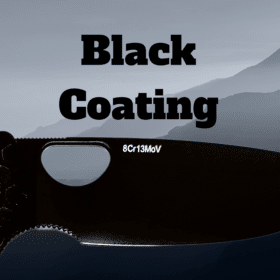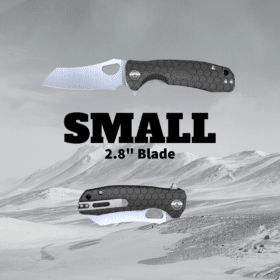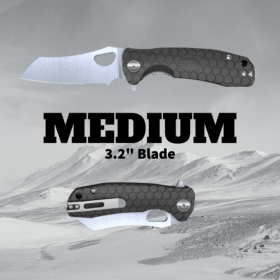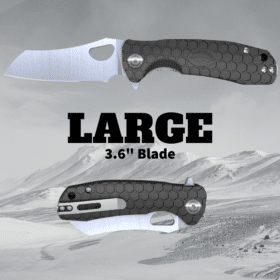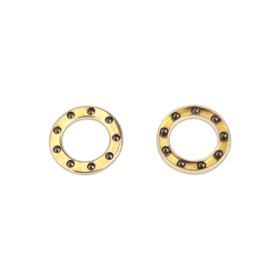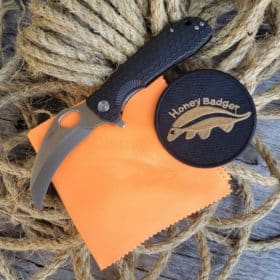Frequently Asked Questions
Each knife is package with an L shaped torx tool. (There is a place for it in the box but it sometimes falls out during shipping so look under the foam packing material if you can’t find yours.)
This shorter end (T8) is sized to fit the pivot screw. Note that the pivot screw can only be adjusted from one side. The longer end (T6) is sized to fit the rest of the screws. Each knife is pre-adjusted at the factory but if you find opening your knife a little difficult then loosen the pivot screw a tiny amount and see if that does the job. After periods of extended carry it’s always wise to check the grip and clip screws to make that they are still tight and have not worked loose. It should never be necessary to take the knife apart completely and we would discourage you from doing so.
All body screw are T6. Diameters are M2.5. There are longer and shorter body screws.
The shorter screws are used in the lower pocket clip hole and the equivalent position on the other side of the knife. If you use a longer screw in those positions then if you look on the inside of the knife you may see a few screw threads protruding through the liner.
The knives are pre-adjusted at the factory and should open and close perfectly. In the rare circumstance where the knife is a bit hard to open there are 2 places that could affect this.
The first is the tightness of the pivot screw. If it is a little to tight then loosen it a fraction and see if that does the job.
The second is the detent ball. It’s a little ball mounted in the locking plate that rests in a small indent in the side of the blade. It’s this mechanism that keeps the blade closed and that needs to be defeated in order to open the knife. This can be a little tight to start with but does wear in with use after repeated openings. Sometimes some grit can get stuck in there. To clean, open the knife fully and while open press the locking plate as far as it will go against the handle. This will leave you a small gap between the detent ball and the back of the blade. Slide a piece of thin lint free cloth into the gap and run it back and forth a few times. This will lean out any debris that may be there. You can then put the smallest drop of oil on the detent ball and wipe away any excess.
There are two sets of bearings that the knife runs in-between. It’s best to keep these clean and dry. Being an EDC pocket knife it tends to collect a lot of pocket lint which would stick to any oil that is present.
See the section above “How do I make my knife easier to open/close” about oiling the detent ball.
When new the knives can be a little difficult to unlock. This does ease up with use. If you would like to accelerate this process then with the knife open make as if to unlock it but don’t close the blade. Do this 5 to 10 times which will help smooth out where the lock meets the back of the knife.
The blade steel used for this knife makes sharpening relatively easy. Having said this, sharpening is all about technique. There are so many methods and products out there that we wrote a separate article here titled “Sharpening the Honey Badger knife” take a look if you want to know more.
Note that the edges are factory sharpened at an angle of about 23 degrees except the claw models where the angle is 30 degrees.
8CR13MOV is comparable to AUS-8 but containing slightly higher carbon content. Working closely with our factory the heat treating of this steel has been perfected resulting in excellent performance for the price. This steel is quite corrosion resistant and sharpens easily.
D2 steel is a tool steel often referred to as “semi-stainless” as it falls just short of the required amount of chromium (13%) to qualify as full stainless yet it still provides a good amount of resistance to corrosion. On the flip side D2 steel is much harder and as a result holds its edge a little better. That said, it’s not as tough as many other steels and is tougher to sharpen.
14C28N while not quite as tough as D2 still offers decent toughness but with the advantage of being more stainless.
Which should you choose? It comes down to personal preference. We have very large numbers of very happy owners across both steel types. If you’re a first time buyer on a budget get your self one of the 8CR13MOV models and then if you like the look and feel of the knife make your next purchase one in D2. The choice between D2 and 14C28N steel depends on your specific needs and preferences. If you prioritize extreme hardness and wear resistance and edge retention then D2 might be a better choice. On the other hand, if you value a good all around steel with great corrosion resistance and easier sharpening then 14C28N could be a more suitable option.
The D2 blades hardness is approximately HRC 59-60.
The 8Cr13MoV blades hardness is approximately HRC 56-58.
The 14C28N blades are hardened to approximately HRC 58-60.
The edges are factory sharpened at an angle of about 23 degrees except the claw models where the angle is 30 degrees.
The handles are made out of FRN and can be dyed. We also carry white handles kits which were introduced for those folks who wish to create their own dyed handles. Here are two YouTube videos explaining the process
On an individual basis we do not do any customizing. If however there is a special combination that you are looking for and can meet the minimum order quantities then we can discuss those requirements with you.
We can do this on a case by case basis. Please contact us with your requirements
We carry spare pocket clips on our website. If your clip broke after being snagged on something then this is not covered under the warranty if however your clip broke due to a manufacturing defect then it will be replaced under warranty.
We are the US distributors of Honey Badger Knives and as a result we do not ship outside of the US. Please see our contact page to see if there is a distributor in your region.
Please ask your dealer to contact us and we can discuss with them about stocking Honey Badger Knives.
See the article here that will help you determine which model Honey Badger knife you have.
All small models use the same handles, all medium models use the same handles and all large models use the same handles.
The only thing you need to be aware of is that all the handles on our website are designed to only fit the newer model Honey Badger knives that we have been selling since 2019.

